Your everything charcoal quick guide which answers the age old question, how to keep a charcoal grill lit? Grilling on a charcoal grill is a fantastic way to infuse smoky flavors into your favorite foods. Charcoal is supposed to be a fool-proof fuel. So why can it be so hard to light it and keep it hot?
So, if you’ve ever struggled with keeping your charcoal grill lit or maintaining a steady fire, don’t worry you’re not alone.
In this guide, we’ll explore some common challenges faced by grillers and provide practical tips to help you keep your charcoal grill lit and achieve grilling perfection. Whether you’re a beginner or an experienced griller, these tips will ensure your charcoal grill stays lit for a fantastic cooking experience.
You’ve got questions? We’ve got answers.
You have come to the right place.
You’ll be surprised to know there are many possible reasons your fire doesn’t start or just dies off.
The good news is that almost all of them are easy fixes.
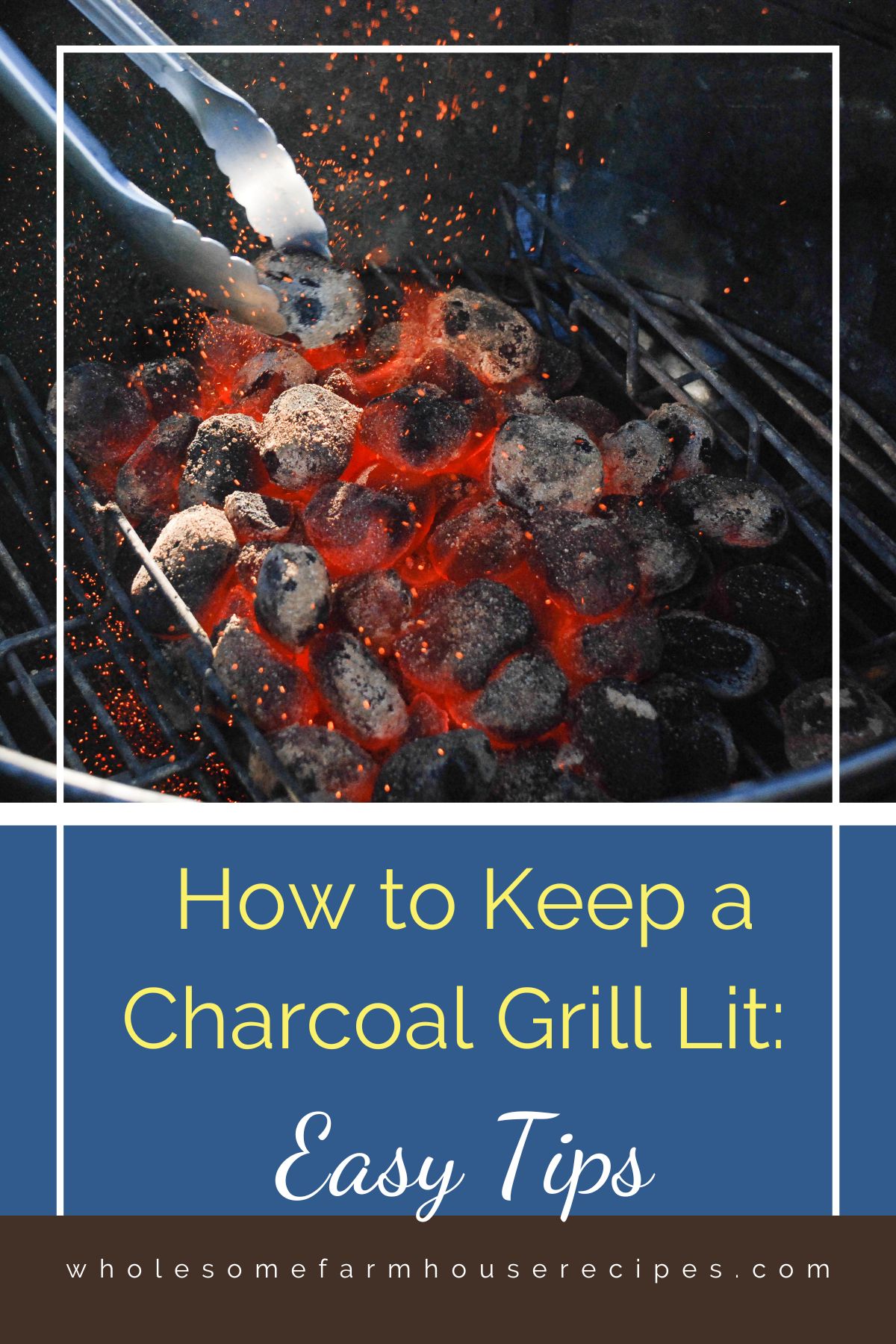
Table of contents
How to Keep a Charcoal Grill Lit: Tips and Tricks for Grilling Success
Why Can’t I Keep My Charcoal Grill Lit?
When you’re eager to fire up your charcoal grill and start grilling, it can be frustrating to encounter difficulties in keeping the charcoal lit. Here are some common reasons why you might struggle to maintain a steady fire:
Insufficient Airflow: The Importance of Oxygen
One of the primary reasons for a weak or extinguished fire is inadequate airflow.
Charcoal requires oxygen to burn and produce the desired heat. If the airflow is restricted, the fire may struggle to stay lit.
Ensure that the vents on your grill are open to allow a continuous supply of oxygen. If necessary, adjust the vents to regulate the airflow and maintain a consistent fire.
Damp Charcoal or Charcoal Briquettes
The quality of the charcoal is crucial. Old Charcoal and moisture is the enemy of fire, and damp charcoal can make it challenging to keep the grill lit.
Charcoal briquettes tend to absorb moisture from the air, particularly if stored improperly.
Make sure to store your charcoal in a dry place or use airtight containers to keep them dry and ready for grilling.
If you suspect your charcoal is damp, A great way to get them to burn is using a charcoal chimney starter. Justpreheat it before placing it in the grill.
Improper Lighting Techniques
The way you light charcoal can also impact its ability to stay lit. Many grilling enthusiasts prefer using a chimney starter, which provides an efficient and reliable method of igniting charcoal.
Avoid using lighter fluid or other accelerants as they can produce unpleasant flavors and make it harder to maintain a consistent fire.
Pro Tip. When using a chimney starter, fill it with charcoal, place a fire starter or crumpled newspaper or paper towels beneath it, and light it. The easiest way to light is using an electric starter. Once the charcoal is evenly lit and ashed over, carefully transfer the hot coals to the grill.
Remember, achieving a consistent fire is crucial for successful grilling.
Address these factors and you’ll be well on your way to keeping your charcoal grill lit and ready for a delightful grilling experience.
- Airflow
- Dry charcoal
- Proper lighting charcoal techniques
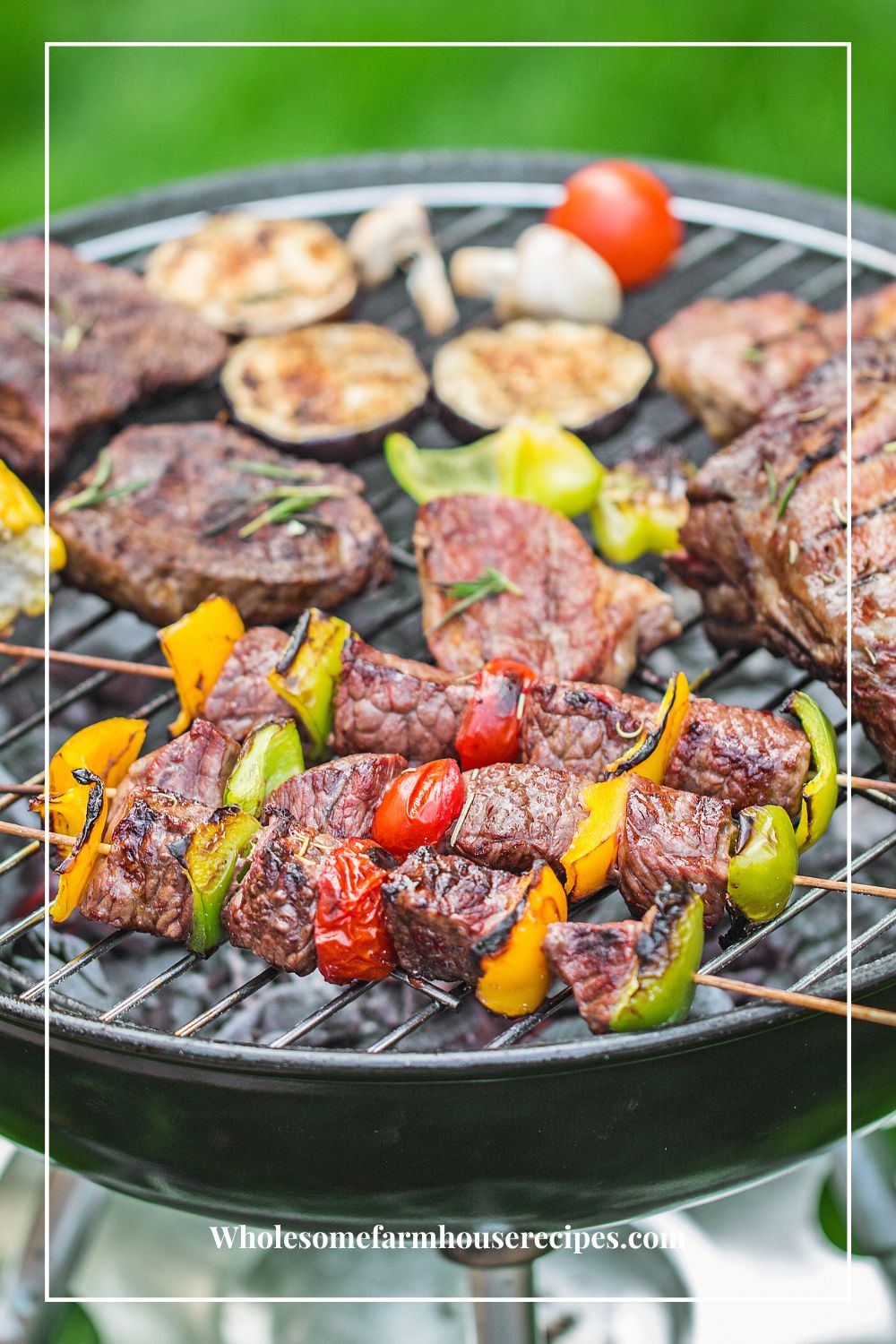
How Long Will a Charcoal Grill Stay Lit?
The duration for which a charcoal grill stays lit depends on several factors, including the amount of charcoal, airflow, and external conditions.
Here are some key considerations regarding the burning time of a charcoal grill:
Charcoal Quantity
The amount of charcoal you use plays a significant role in determining how long your grill will stay lit.
Generally, more charcoal will provide a longer burning time. If you’re planning a lengthy grilling session. Make sure you have enough charcoal to sustain the desired heat for the duration of your cooking.
It’s a good practice to estimate the cooking time and prepare an adequate amount of charcoal accordingly.
Airflow and Vent Management
Proper airflow and vent management are essential to maintain a steady fire and prolong the burning time of your charcoal grill.
By adjusting the vents, you can control the amount of oxygen available to the charcoal.
Opening the vents wider increases airflow, promoting a hotter and faster burn, while partially closing them can help regulate the temperature and extend the burning time.
Experiment with the vent positions to find the right balance for your desired grilling experience.
External Conditions and Grill Design
External conditions such as weather and wind can affect the burning time of your charcoal grill.
Windy conditions can accelerate the burn rate by increasing airflow, potentially leading to faster fuel consumption.
Additionally, the design and insulation of your grill may impact heat retention and burning time. Consider placing your grill in a sheltered area to minimize the impact of wind. Choose a well-insulated grill that retains heat efficiently.
It’s important to note that charcoal grills provide a reliable heat source. They require occasional replenishment of charcoal to maintain the desired temperature and cooking duration.
To extend the burning time, you can add additional charcoal during the cooking process.
As you gain experience with your specific grill and become familiar with its burning characteristics, you’ll develop a better understanding of how long the grill can stay lit under different conditions.
Manage the charcoal quantity, optimize airflow, consider external conditions, and adapt your grilling techniques accordingly. You can maximize the burning time of your charcoal grill and enjoy an extended grilling session without interruptions.
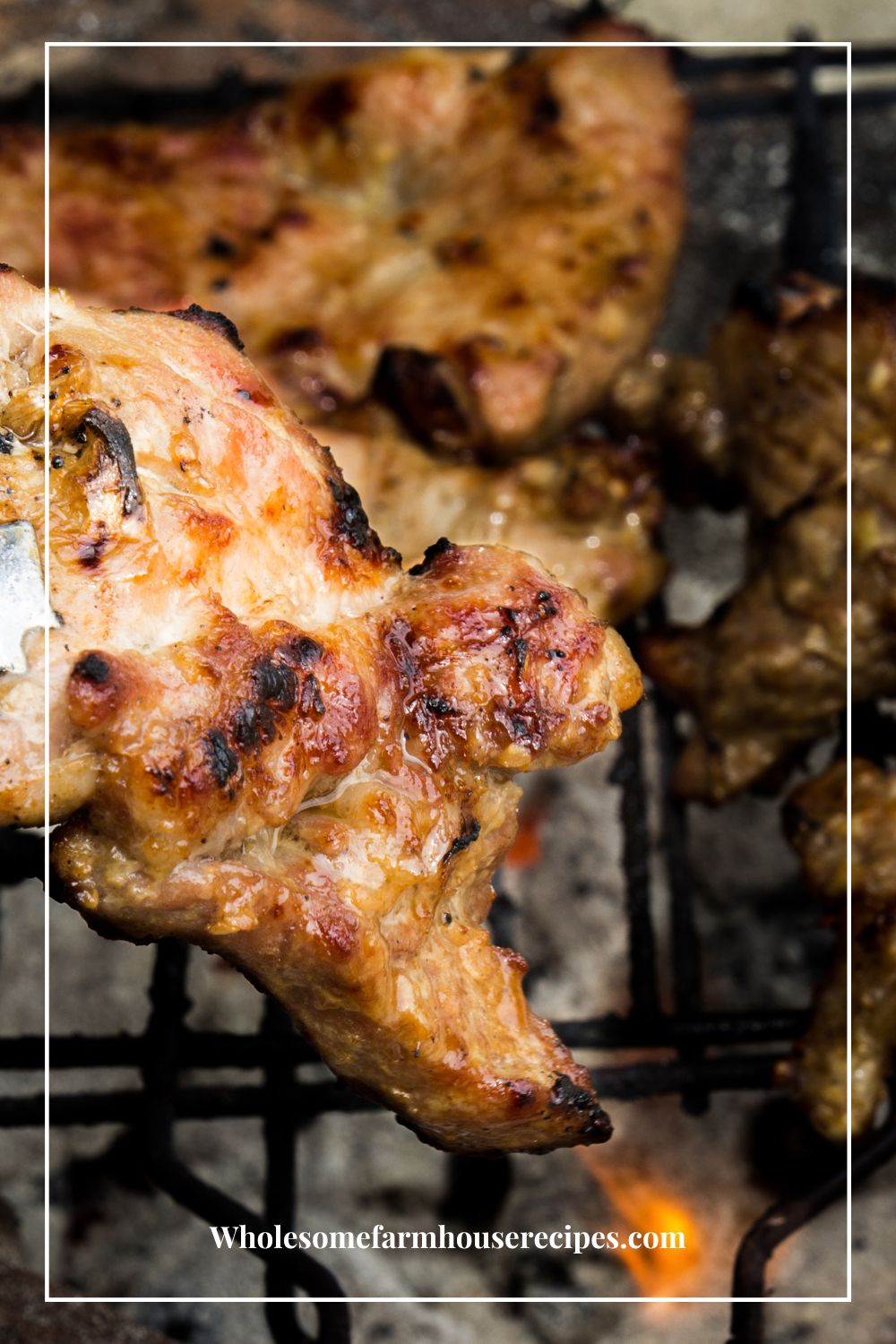
How to Keep a Charcoal Grill Lit in the Wind
Grilling outdoors on a windy day can present challenges in maintaining a consistent flame on your charcoal grill. However, with a few tips and techniques, you can effectively keep your charcoal grill lit and ensure a successful grilling experience, even in windy conditions.
Here’s what you can do:
Windbreak or Sheltered Location
Position your charcoal grill in a sheltered area or create a windbreak to minimize the impact of strong gusts of wind.
Choose a location near a wall, fence, or natural barrier that can shield the grill from direct wind. This helps maintain a steady flame by reducing the amount of wind blowing directly onto the charcoal.
Lid Usage
Keep the lid of your grill closed as much as possible while cooking.
The lid acts as a protective shield, preventing wind from extinguishing the charcoal and helping to maintain a consistent temperature inside the grill.
Opening the lid too frequently allows the wind to disrupt the flame and can lead to heat loss.
Adjusting Vent Positions
Pay attention to the vents on your charcoal grill and adjust them accordingly. When grilling in windy conditions, partially close the vents on the side facing the wind. This can help control the airflow and prevent the wind from blowing out the flame.
Experiment with different vent positions to find the right balance between maintaining a consistent flame and providing enough oxygen for the charcoal to burn.
Create a Windbreak with Aluminum Foil
If you’re facing strong winds that directly hit your grill, you can create a makeshift windbreak using aluminum foil.
Place a sheet of aluminum foil on the side of the grill facing the wind, curving it slightly to deflect the wind away from the flame.
This helps protect the charcoal from getting extinguished and maintains a more stable heat source.
Maintain Charcoal Distribution
Ensure an even distribution of charcoal across the grill’s charcoal grate.
Concentrating the charcoal on one side may cause uneven burning and make the grill more susceptible to wind interference.
Spread the charcoal evenly, creating a consistent heat source throughout the grill.
Monitor and Adjust as Needed
Keep a close eye on the flame and temperature of your grill throughout the cooking process.
- Wind can affect the burn rate and temperature, so be prepared to adjust as necessary.
- Add additional charcoal if needed to maintain the desired heat level.
- Adjust the vents accordingly to regulate airflow and temperature.
Remember, grilling in windy conditions may require a bit more attention and adjustments. With these techniques, you can effectively keep your charcoal grill lit and achieve delicious results. Regardless of the wind’s presence.
Stay vigilant, monitor the flame, and adapt your grilling methods to ensure a successful cookout even on blustery days.
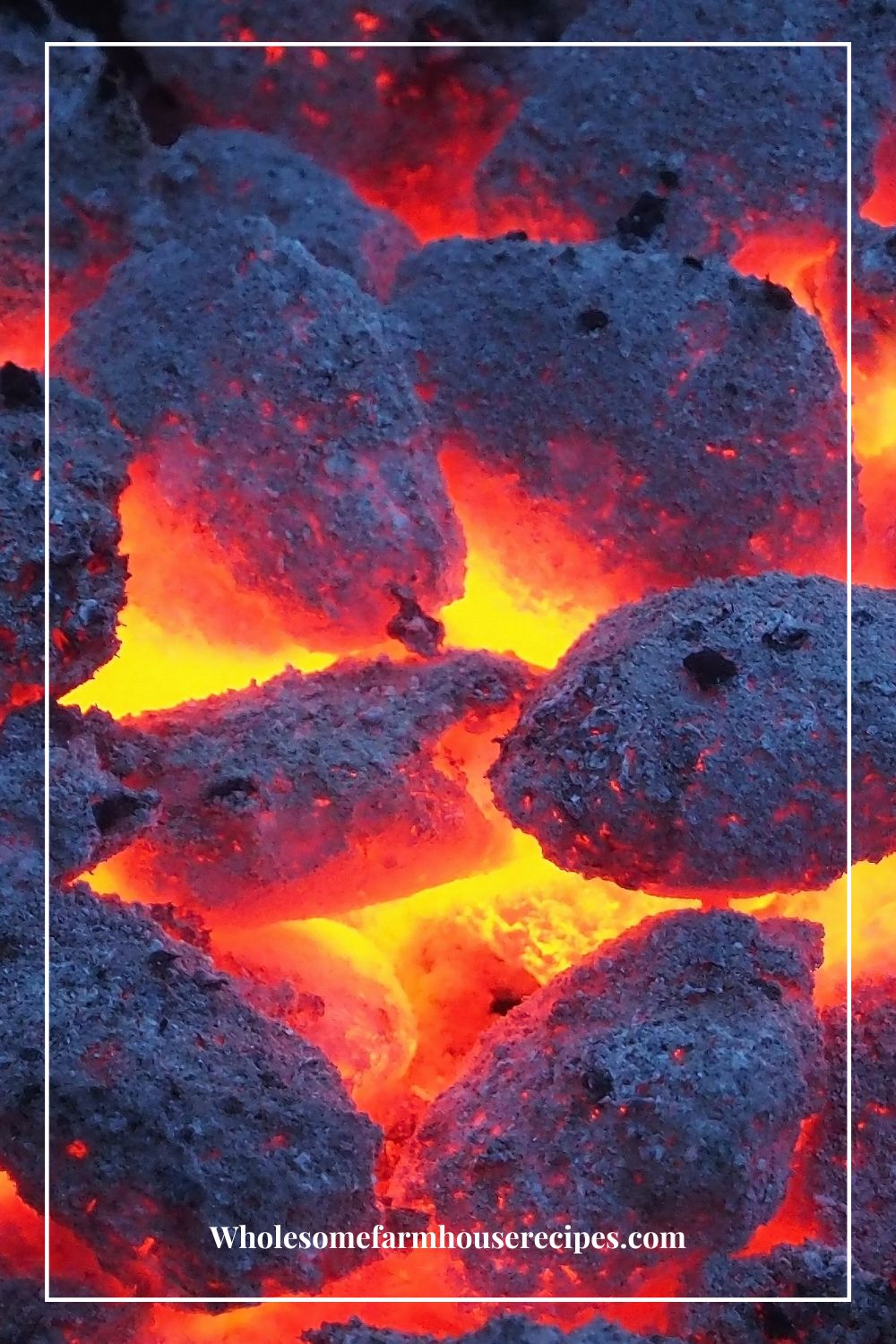
How to Keep Charcoal Going for a Long Time
When grilling, it’s essential to maintain a steady and long-lasting heat source to ensure your food cooks evenly and thoroughly.
Here are some tips to help you keep your charcoal going for a long time:
Use Enough Charcoal
Start by using an adequate amount of charcoal. Ensure you have enough coal to sustain the desired cooking time.
Adding too few coals may result in them burning out quickly. While adding too much charcoal can lead to too much heat.
The amount needed will depend on the size of your grill and the duration of your cooking.
Arrange Charcoal in a Two-Zone Setup
To prolong the burn time of your charcoal, consider using a two-zone setup.
In this configuration, you arrange the charcoal in a thin layer on one side of the grill. This creates a hot direct heat zone for high heat grilling. While leaving the other side empty as an indirect heat zone for lower temperature slow cooking.
This setup allows you to sear and quickly cook food over direct heat while providing a cooler area for more gentle cooking or keeping finished food warm.
By utilizing the indirect heat zone, you can conserve charcoal and extend its burn time.
Control Airflow with Vents
The airflow plays a crucial role in the combustion process of charcoal. Adjusting the vents on your grill allows you to regulate the oxygen supply and, consequently, the burn rate of the charcoal.
To keep the charcoal going for a long time, partially close the vents to restrict the airflow.
This helps maintain a lower, more controlled burn and extends the burn time of the charcoal.
Minimize Lid Openings
Opening the grill lid frequently can cause heat loss and accelerate the burn rate of the charcoal.
To keep the charcoal going for longer, minimize lid openings as much as possible.
Plan and have all your grilling tools and ingredients ready before you start cooking.
This way, you can avoid unnecessary lid openings and maintain a consistent heat source.
Add Charcoal as Needed
If you notice the charcoal starting to burn out or the temperature dropping significantly, you can add fresh charcoal to replenish the heat.
Light the additional charcoal separately and add it to the existing fire.
This technique, known as “banking” or “topping off.” It allows you to sustain the fire and maintain a continuous heat source throughout the cooking process.
Consider Using Charcoal Briquettes or Lump Charcoal
Choosing the right type of charcoal can also impact its burn time. Charcoal briquettes and lump charcoal are commonly used options.
Charcoal briquettes are uniform in shape and size, providing a steady and consistent burn.
Lump charcoal, on the other hand, is made from natural wood and tends to burn hotter and faster. Experiment with different types of charcoal to find the one that best suits your grilling needs and desired burn time.
Avoid Excessive Airflow
While airflow is necessary for charcoal combustion, excessive airflow can cause the charcoal to burn out more quickly.
Avoid leaving the vents wide open or using high-powered fans to fan the flames. This can create a rapid burn that shortens the overall burn time. Instead, aim for a controlled and moderate airflow to maintain a sustained burn.
By following these tips, you can keep your charcoal going for a long time. And you can enjoy extended grilling sessions without the need for constant charcoal replenishment.
Remember to pre-plan, control the airflow, and monitor the heat to for best results with your charcoal grill.
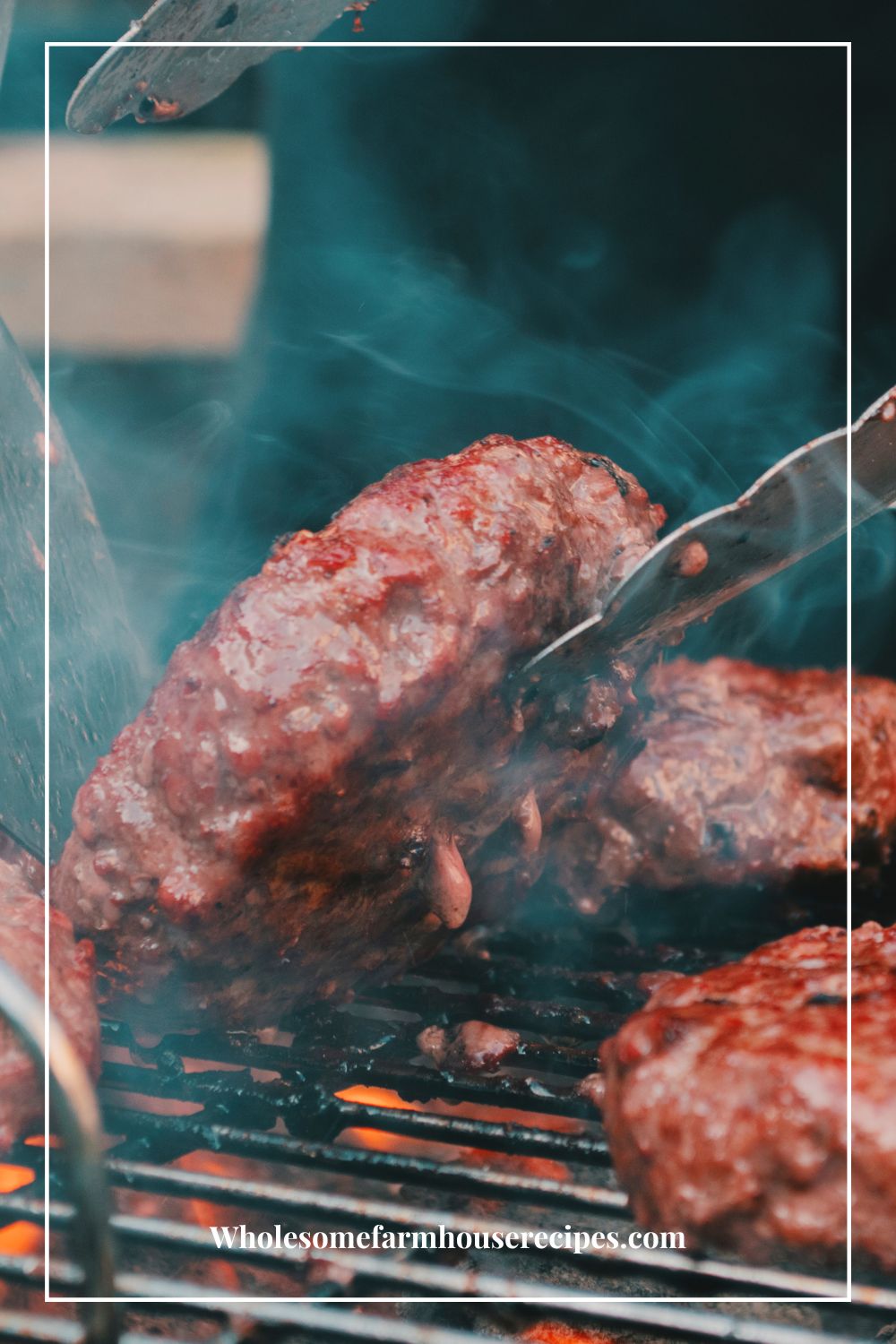
Additional Tips for a Successful Charcoal Grilling Experience
Preheating the Grill: Allowing for Even Heat Distribution
Before placing your food on the grill, it’s crucial to preheat it properly.
Preheating helps ensure even heat distribution, allowing for consistent cooking.
Light your charcoal and let it burn until it has formed a white ash coating.
This usually takes about 15-20 minutes.
During this time, keep the grill lid closed to trap the heat inside and allow it to circulate. Once the grill is preheated, you’re ready to start grilling.
Cleaning and Maintenance: Removing Ash Buildup
Regular cleaning and maintenance of your charcoal grill are essential for optimal performance and longevity.
- After each use, once the grill has cooled down, remove any leftover ashes and debris from the firebox.
- Too much ash buildup can hinder airflow and affect the charcoal’s burn rate.
- Use a grill brush or scraper to clean the cooking grill grate. This makes sure that they are free from any food residue.
- Additionally, check and clean the vents and other parts of the grill as necessary to maintain proper airflow.
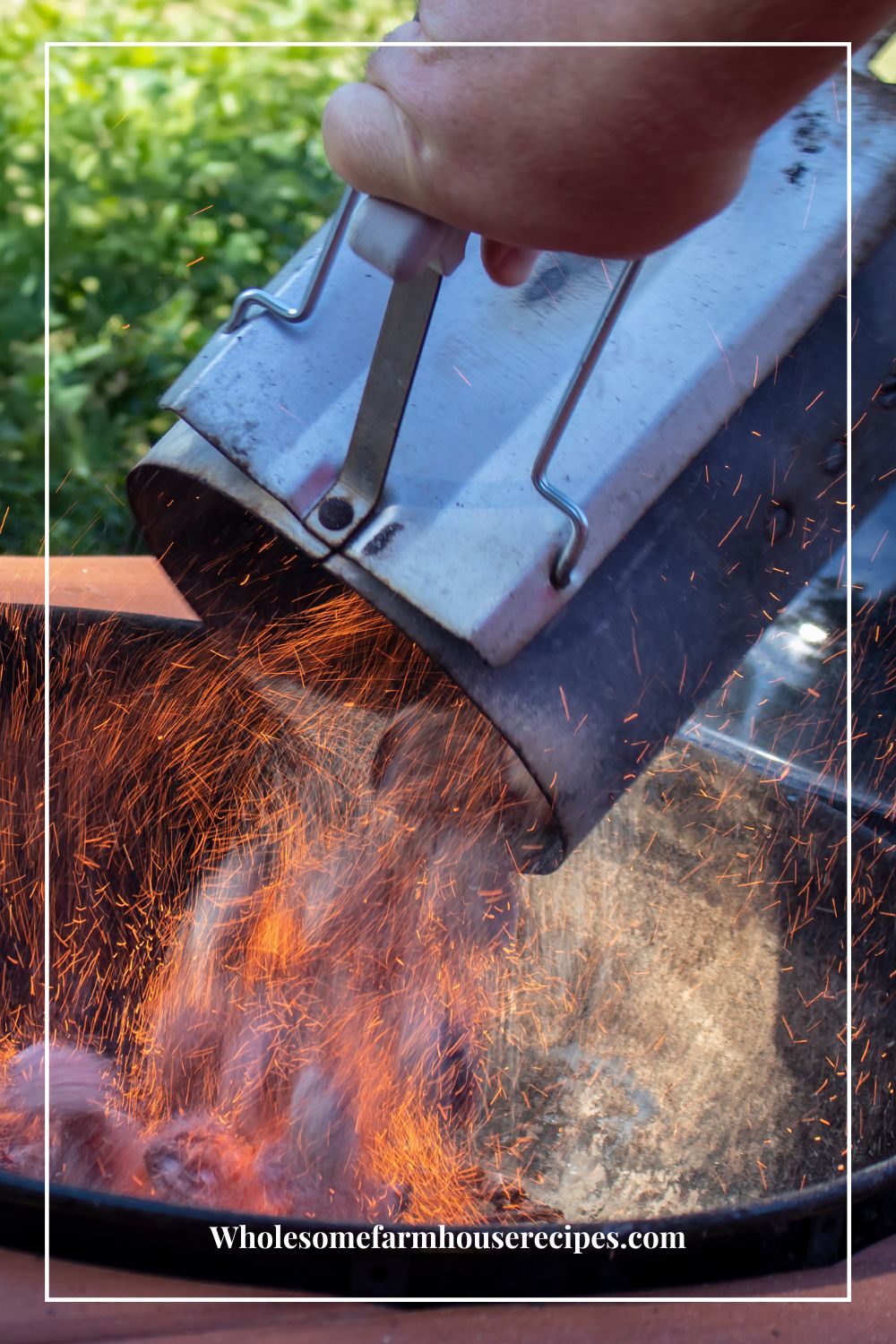
Using a Chimney Starter: Quick and Efficient Charcoal Ignition
A chimney starter is a handy tool for quickly and efficiently igniting your charcoal.
It eliminates the need for lighter fluid, which can leave a residual taste on the food.
To use a chimney starter:
- Fill it with charcoal and place crumpled newspaper or fire starters underneath.
- Light the newspaper or fire starters, and the flames will ignite the charcoal from the bottom.
- Once the charcoal is fully lit and covered with a layer of ash, carefully pour it into the grill.
This method ensures consistent ignition and avoids the risk of unevenly lit coals.
Properly Extinguishing the Fire: Safety First
After you finish grilling, it’s important to properly extinguish the fire to ensure safety. The best way to put stop the charcoal from burning.
- Close all the air vents on your grill to cut off the oxygen supply, which will extinguish the flames.
- Allow the charcoal to burn out completely and cool down before disposing of the ashes.
- Never leave a hot grill unattended or attempt to move it until it has completely cooled.
- Use caution when handling hot charcoal and dispose of it in a designated fire-safe container.
By following these additional tips, you can enhance your charcoal grilling experience.
Preheating the grill ensures even heat distribution, while regular cleaning and maintenance keep your grill in optimal condition.
Using a chimney starter provides a quick and efficient method for igniting the charcoal, and properly extinguishing the fire ensures safety.
Use these tips in your grilling routine to achieve delicious results and enjoy a satisfying charcoal grilling experience. Pro Tip. Follow these practices for wood chips too.
With the right techniques and a little practice, you can master the art of keeping your charcoal grill lit.
By addressing common challenges, understanding the importance of airflow and ventilation, and using these tips and tricks, you’ll be grilling all summer.
Enjoy a successful cooking experience with your charcoal grill. Embrace the smoky flavors, savor delicious meals, and make lasting memories with family and friends around the grill. Happy grilling!
How to Use a Chimney Starter
Kitchen Essentials
Materials
- Chimney Starter
- Newspaper or fire starters, or paper towel
- Charcoal
- Lighter or matches, or electric starter
Instructions
- To use a chimney starter:
- Fill it with charcoal and place crumpled newspaper or fire starters underneath.
- Light the newspaper or fire starters, and the flames will ignite the charcoal from the bottom.
- Once the charcoal is fully lit and covered with a layer of ash, carefully pour it into the grill.







